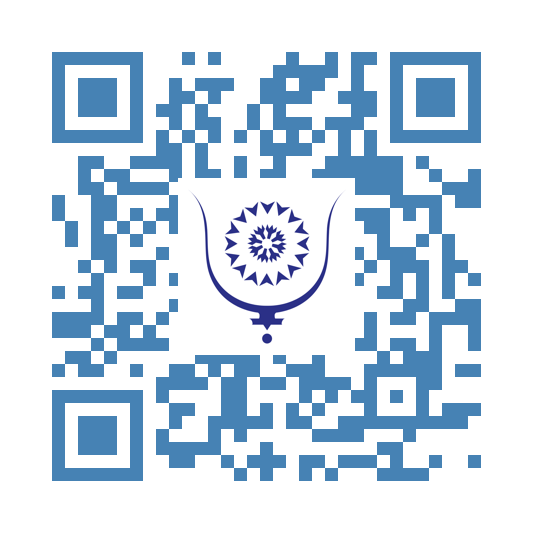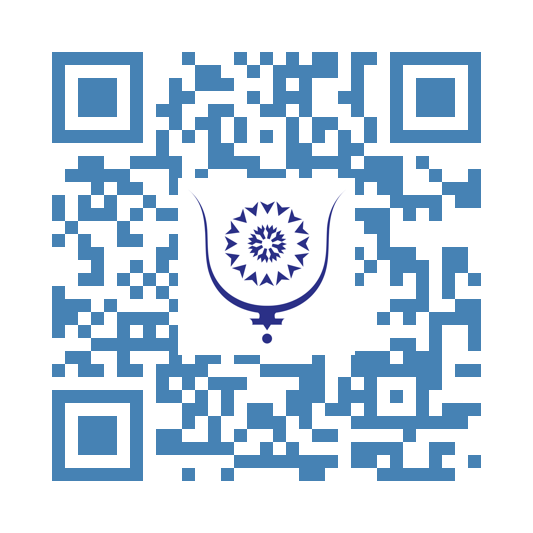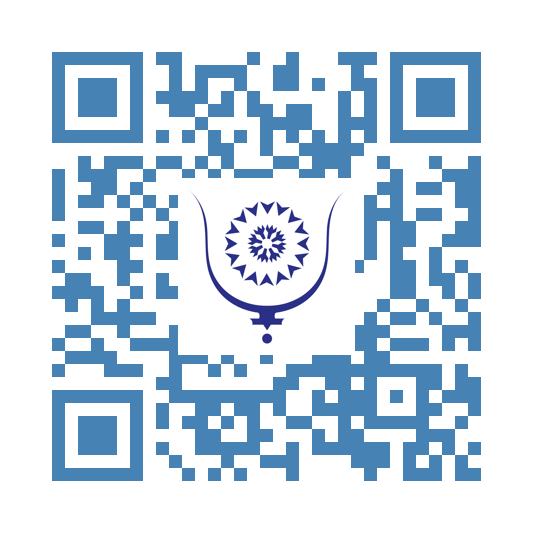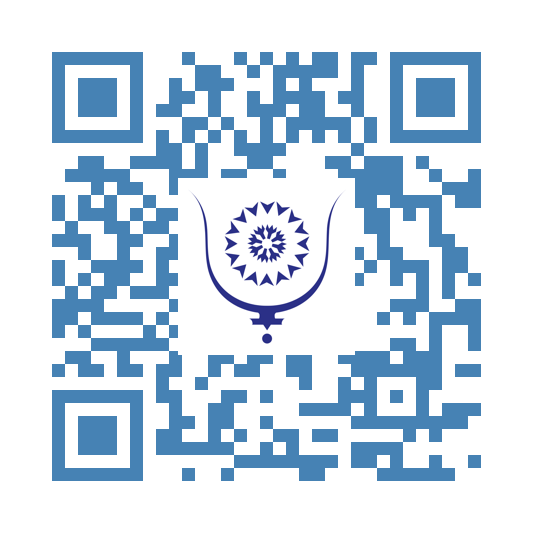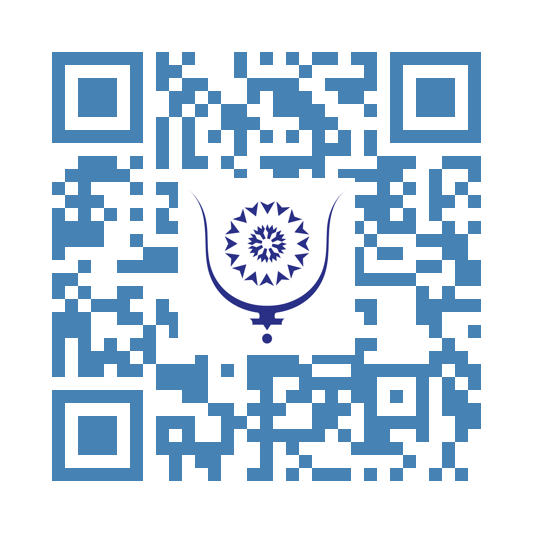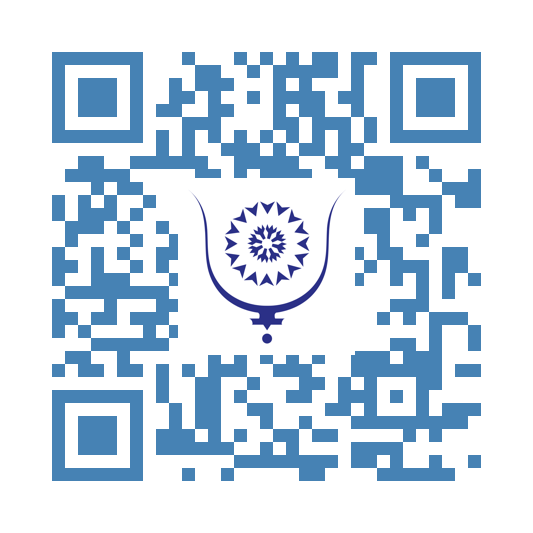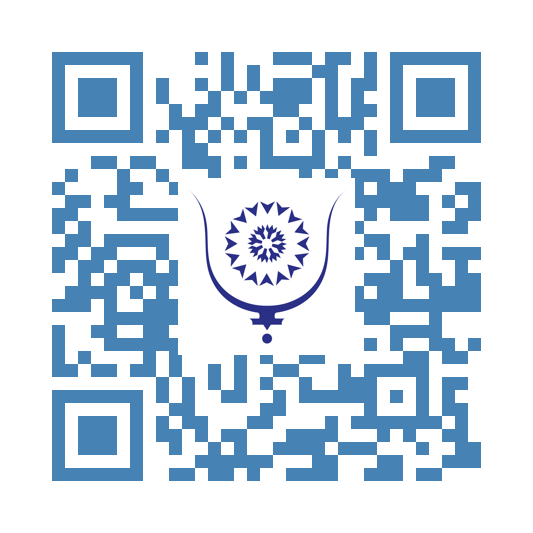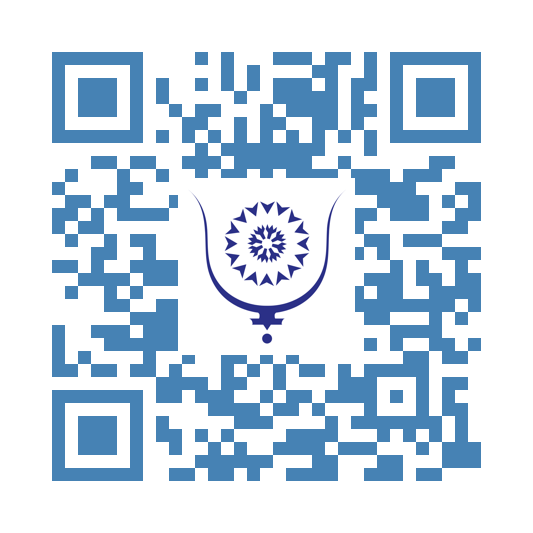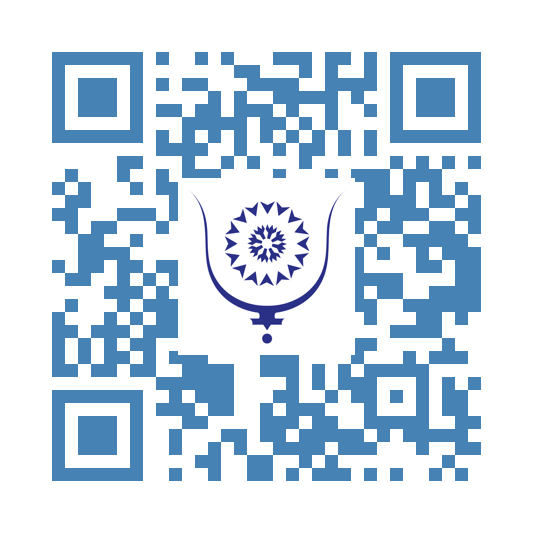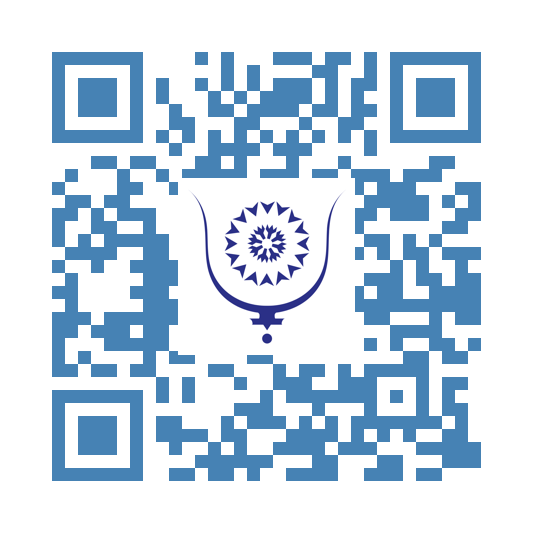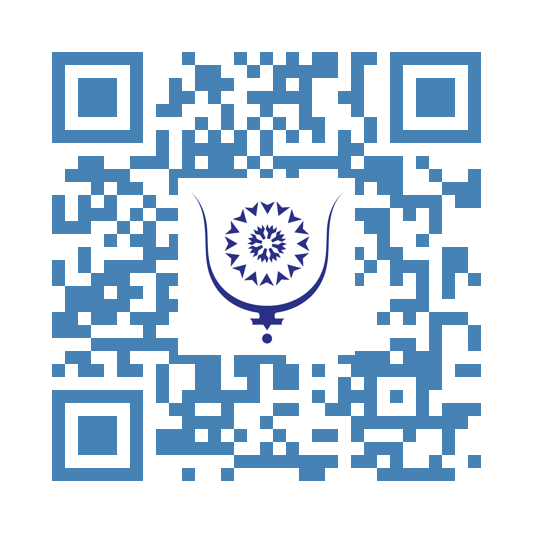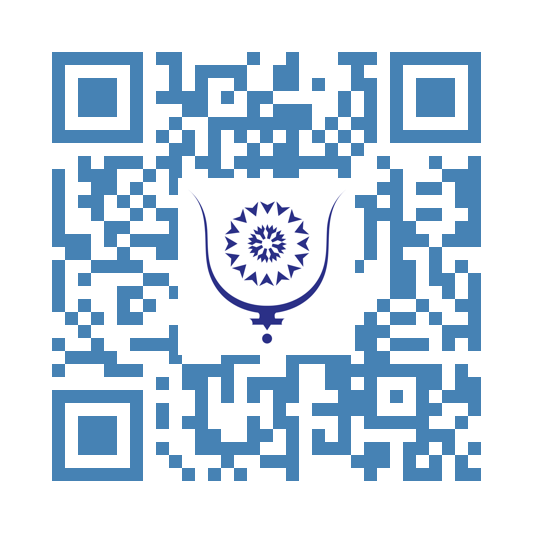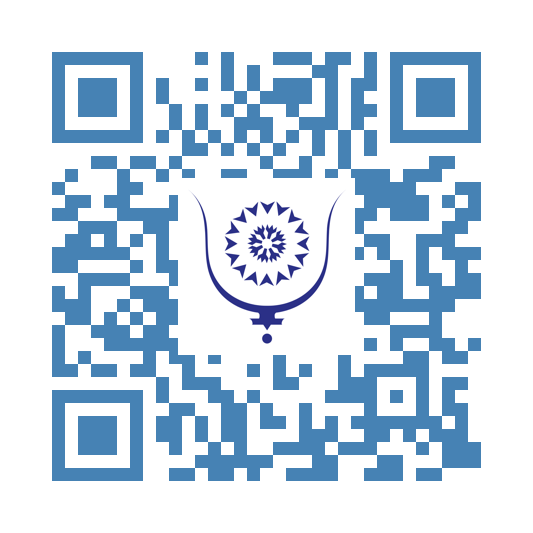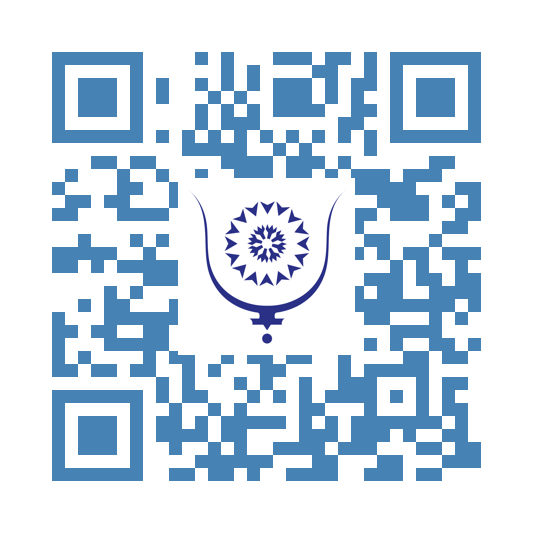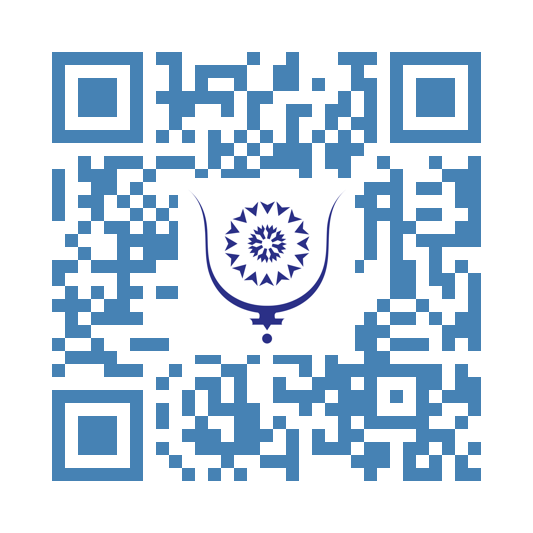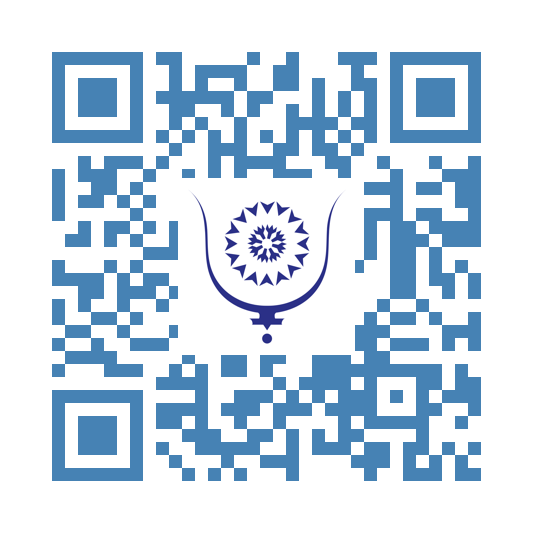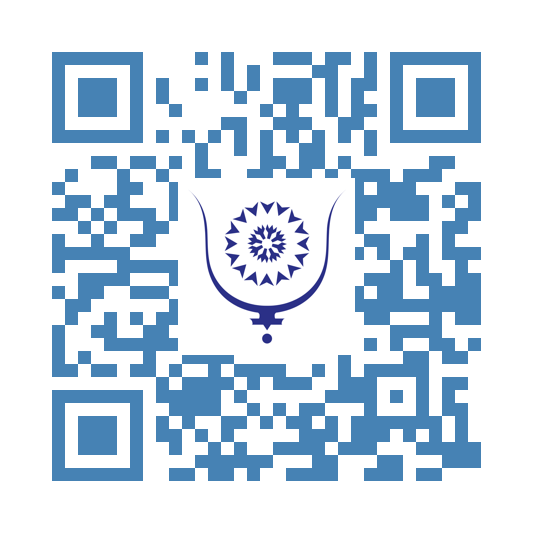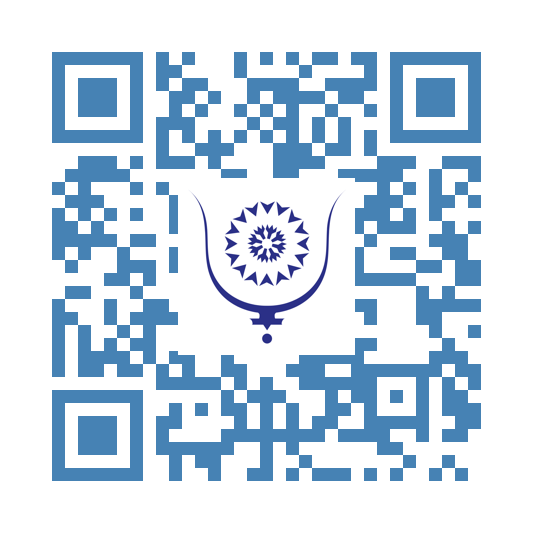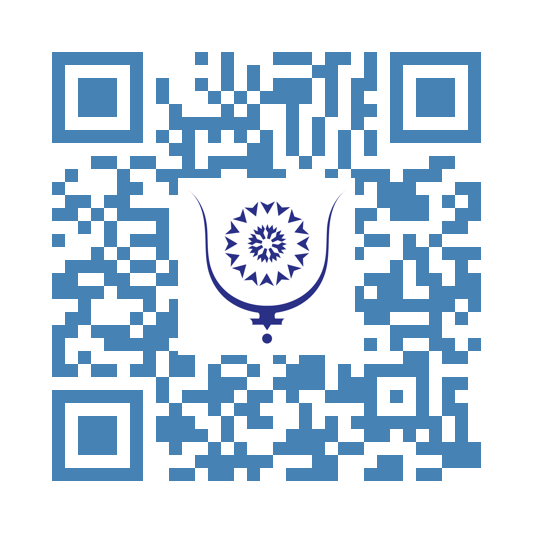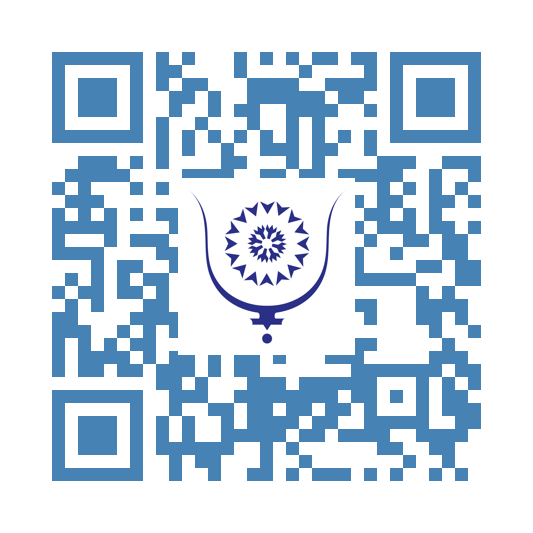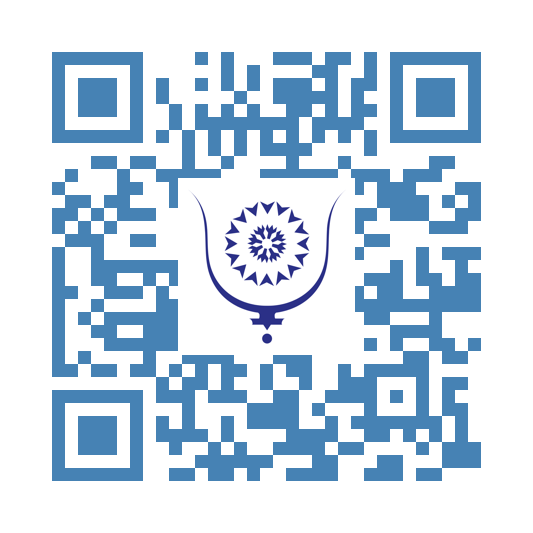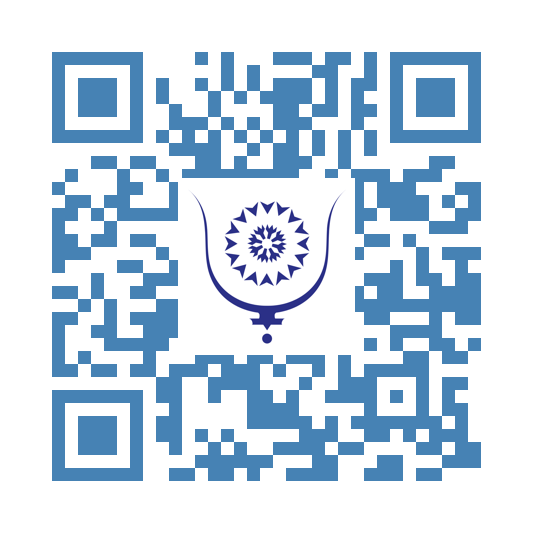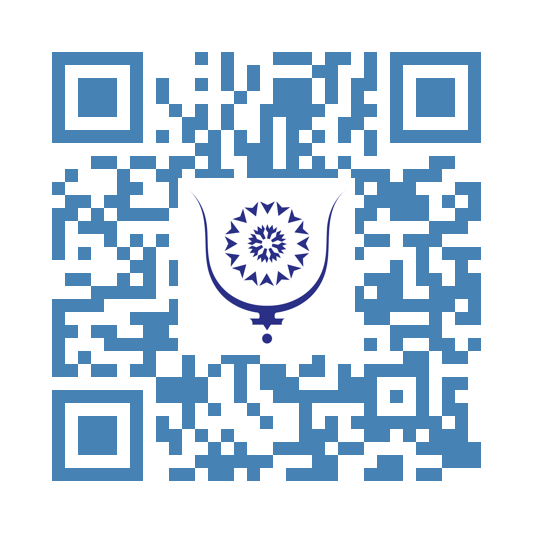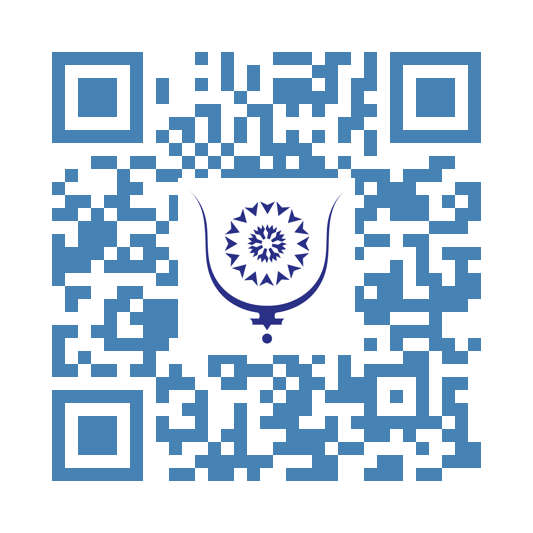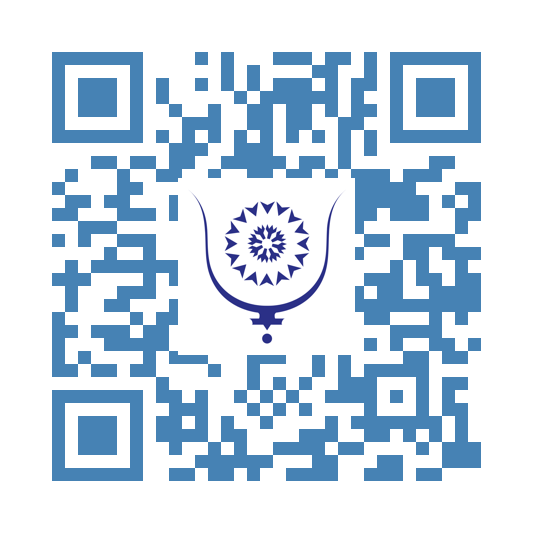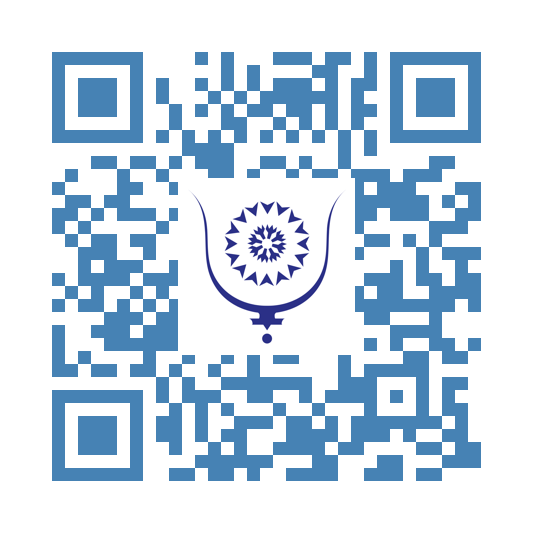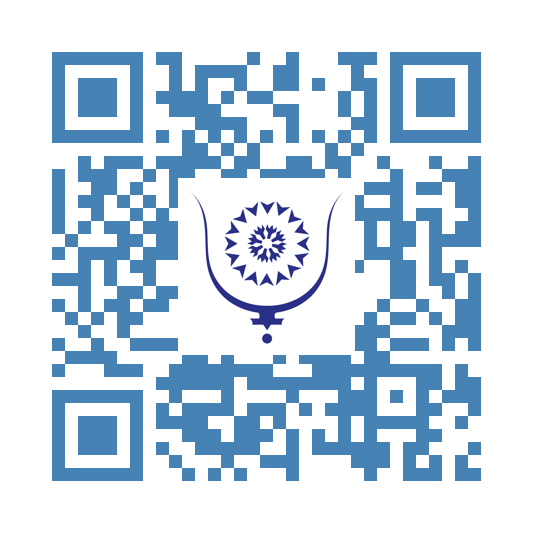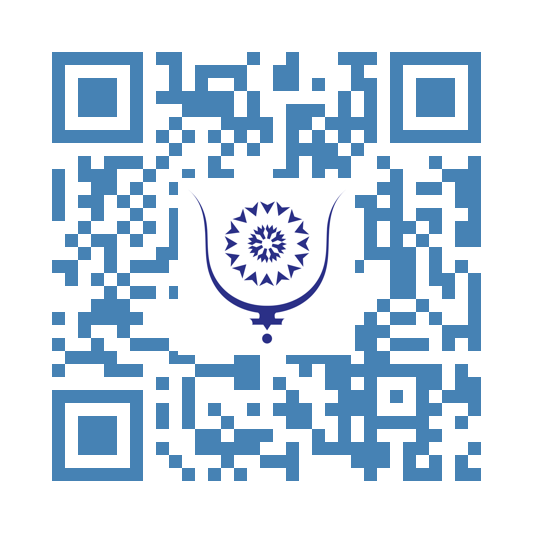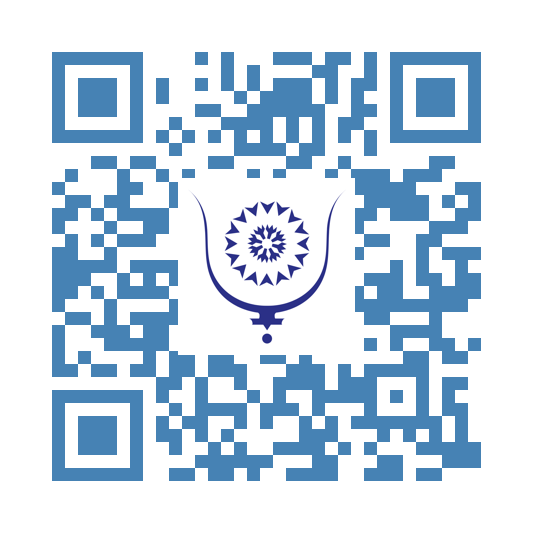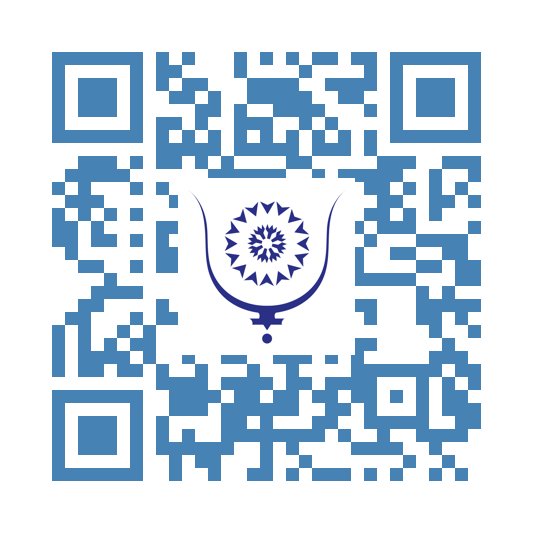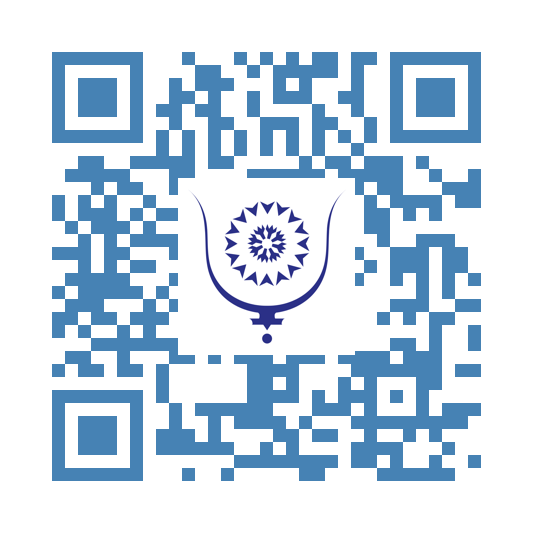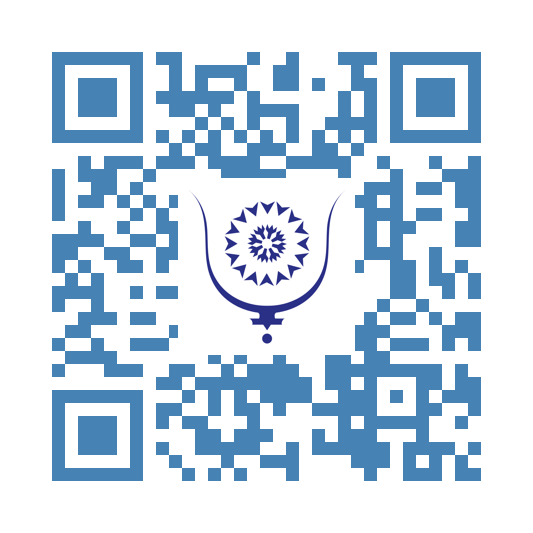Journal de voyage #2: Road trip autonome Namibie-Botswana 3984
La deuxième étape de notre voyage est un road trip autonome partant de Windhoek en Namibie et finissant à Maun au Botswana. Pour des raisons de budget, impossible de louer les services d’un chauffeur-guide pour un mois. De plus, nous aimons l’aventure et la liberté qu’apporte ce genre de voyages. Nous avons donc loué une sorte de 4x4 avec tente sur le toit et un coffre avec tout le nécessaire de camping: sacs de couchage, vaisselle, propane et même un petit frigo.
Dès notre arrivée à Windhoek, où nous ne passeront qu’une nuit, c’est assez marquant à quel point la ville est bien construite et propre. Des trottoirs en dalles et aucun déchet le long des routes, contrairement à la Tanzanie. En revanche, une mendicité beaucoup plus importante. Pas question ici de vouloir nous rendre un service en échange de quelques sous, simplement une mendicité extrêmement insistante. Il en a été de même à Swakopmund, sur la côte ouest en bord de mer. Dans plusieurs villes où le passage de touristes est fréquent nous avons rencontré cette dichotomie entre propreté et mendicité.
Nous avons ensuite quitté la civilisation, roulant vers le nord le long de la côte. Nous avons traversé le Skeleton National Park. Je ne pensais pas qu’un paysage désertique pouvait être aussi varié. Dunes de sables, zones arides avec quelques buissons, terre rouge, parfois tendant vers le mauve, et de temps à autre, le lit d’une rivière asséchée avec un peu de verdure et quelques antilopes qui y survivent en attendant la pluie. Un deuxième aspect marquant de ce désert est la transition avec l’océan Atlantique. On passe du désert à l’océan très brutalement, les vagues se cassant dans le désert directement ou, plus au nord, sur les quelques galets qui servent de frontière entre l’eau et la terre. L’extrémité Nord du parc se nomme Terrace Bay. Le camping où nous nous arrêtons est en réalité une endroit très prisé par les pêcheurs des pays avoisinants. Nous avons discuté avec l’un d’eux venant de Cape Town (Afrique du Sud) et ayant fait 2000km pour venir jusqu’ici avec son 4x4.
Prochaine étape de notre road trip: le fameux parc d’Etosha. Il est très différent des parcs que nous avons visités en Tanzanie. Les chemins de terre sont en meilleur état et le parc plus adapté à une visite sans guide (self-drive en bon français). Les petites réserves d’eau (naturelles ou artificielles) attirent beaucoup d’animaux pendant la saison sèche et sont bien indiqués sur la carte. Cependant pour voir certains animaux comme les guépards et les lions qui se reposent à l’ombre des arbres il vaut mieux faire des signes aux visiteurs pour s’arrêter et échanger quelques informations. Mêmes les guides identifiables par des voitures avec toît ouvrant ou simplement complètement ouvertes ne sont pas avares de conseils. Il suffit de leur faire quelques signes pour s’arrêter côte à côte et discuter. Le parc est moins varié en termes de paysages que le Serengeti par exemple mais le spectacle des nombreuses espèces se partageant les points d’eau est magnifique.
Une fois le parc d’Etosha traversé d’ouest en est, nous arrivons à Rundu au Nord de la Namibie qui est la deuxième plus grande ville après Windhoek. Le propriétaire du camping où nous nous arrêtons nous raconte qu’il y a très peu de travail et donc la plupart des gens vivant en pérphérie se nourissent de ce qu’ils trouvent et échangent. Nous allons avec lui voir des maisons du village. Ce sont simplement des zones de terre délimitées avec des bâtons de bois et quelques abris sur le terrain, soit en tôle soit en mélange bois/argile.
Pour la fin de la partie namibienne du road trip, direction le nord-est en suivant la rivière Okavango. Nous nous arrêtons dans campement de pêcheurs. Un petit tour au lever du soleil sur la rivière nous permet de discuter avec le propriétaire, très agréable. Il nous en apprend beaucoup à propos de la gestion du braconnage et les dégâtes qu’il cause pour la faune de la rivière. Il ne reste presque plus de poissons. Selon lui, il reste mions de 10% de la faune aquatique de cette rivière.
Après un petit repos dans une chambre à Popa Falls, direction le Botswana et le delta de l’Okavango pour les deux dernières semaines de cette étape de notre voyage. Fait marquant, la frontière Namibie/Botswana à cet endroit est au bout d’une longue route de terre traversant le parc national Bwabwata.
Avant d’entrer dans la réserve de Moremi à l’est du delta, nous passons une nuit dans un camping proche de Maun. Cette ville est un équivalent de Arusha en Tanzanie (voir article dédié). C’est le point de départ des Safaris. Nous faisons le plein de provisions: essence, eau et nourriture pour les 5 prochains jours. En route vers l’entrée sud de la réserve, quelques kilomètres après la sortie de Maun, nous réalisons que les conditions de conduite vont être un peu plus sportives. La route de bitume s’arrête pour laisser place à de la terre et du sable. On active le mode 4x4 au bout de quelques mètre. Une fois dans le parc, les conditions changent à nouveau. A l’inverse du parc d’Etosha, pas de grandes artères en gravier relativement plane. Grâce au plan papier et à l’application maps.me, nous arrivons à explorer les méandres à une moyenne de 20km/h pendant environ 5h ce jour là. S’en suivent quelques jours similaires de conduite sportive qui demande une concentration intense et un sens de l’orientation affûté. Le parc est très sauvage et les campings spartiates. Nous avons campés au bord de la rivière Khwai au Nord du parc. Arrivés en début d’après midi pour une journée un peu moins intense de conduite, nous voyons une vingtaine d’éléphants s’abreuvant et traversant la rivière. Nous allumons rapidement un feu pour leur signaler une présence. Toute une expérience! ce road trip a été crescendo en terme d’aventure.
Notre expérience touristique au Botswana est relativement bonne mais pas au niveau des deux pays précédentes. La propreté et qualité des services (campings et maisons d’hôtes) est bien inférieure à la Namibie et la Tanzanie avec des prix bien supérieurs. Je ne veux pas minimiser la beauté du delta de l’Okavango, nous avons vu des paysages magnifiques et des animaux en tout genres: kudu, zebres, éléphant giraphes, babouins etc. De plus, loin de moi l’idée de me plaindre, je me sens privilégié de pouvoir vivre cette aventure en famille. Cependant, les prix sont bien trop élevés. Si c’était à refaire, je passerais donc un peu plus de temps en Namibie et Tanzanie pour le même budget.
Une très belle étape s’achève, mais rendez-vous dans quelques semaines pour les prochaines aventures.

